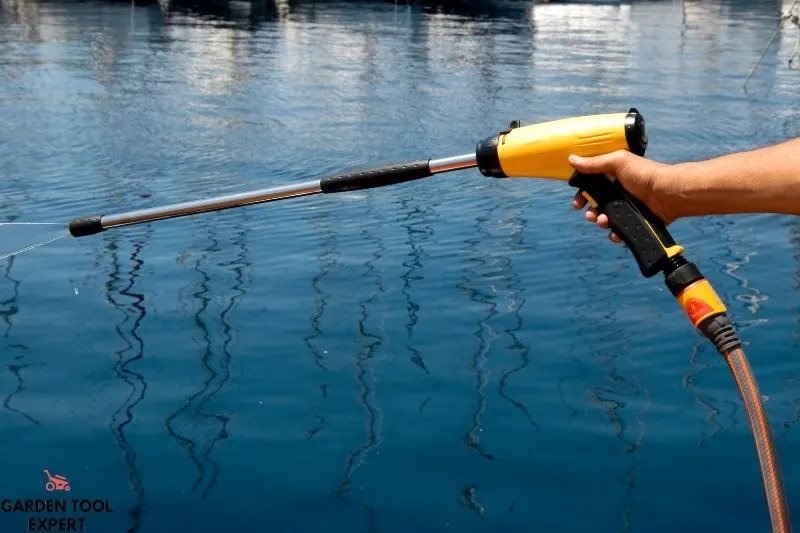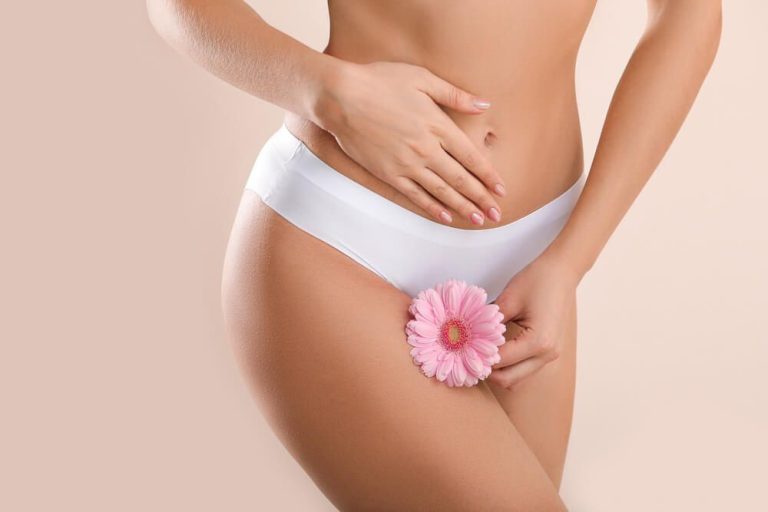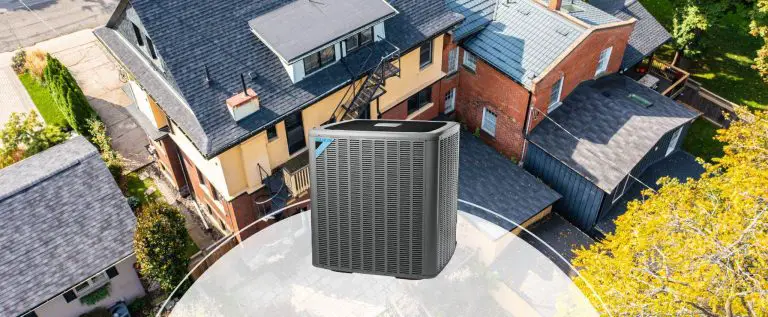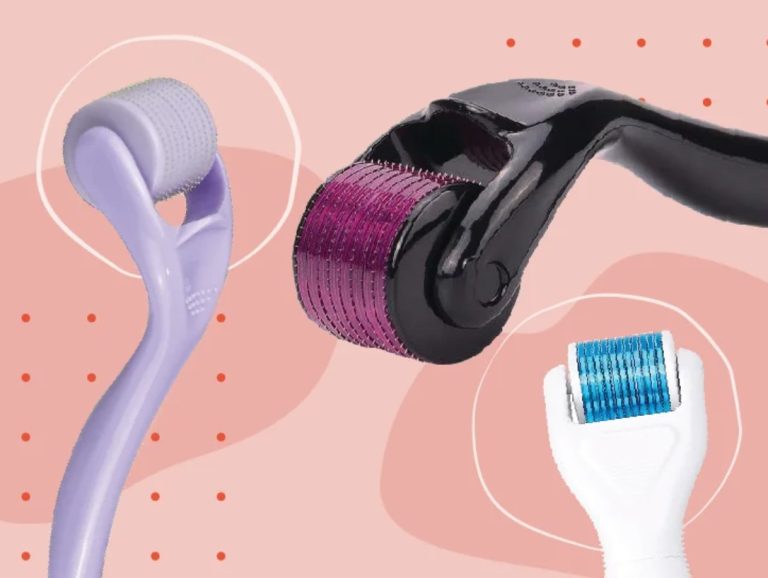What Should Not Be Pressure Washed
Pressure washing is a great way to clean many surfaces, from driveways to decks. However, some surfaces should not be pressure washed. Pressure washing is highly powerful and can cause damage to certain surfaces. Depending on the type of surface, pressure washing can strip away paint, scratch delicate surfaces, and even cause water damage. It is important to know what surfaces should not be pressure washed before attempting to clean them. Examples of surfaces that should not be pressure washed include coated surfaces, stucco, wooden decks, and asphalt shingles.
What Are the Risks of Pressure Washing?
Pressure washing can be a great way to clean and remove dirt, grime, and other debris from hard surfaces. However, it’s important to take some safety precautions when pressure washing. Although it may not seem like it, pressure washing can be dangerous if done incorrectly. There are a few risks associated with pressure washing that people should be aware of before engaging in this activity.
The primary risk associated with pressure washing is the possibility of water damage. Pressure washing uses a high-pressure stream of water to remove dirt, grime, and other debris. Unfortunately, this high-pressure stream of water can also damage the surface it is being applied to. This is especially true if the surface is not properly sealed or is made of a particularly sensitive material.
Another risk associated with pressure washing is the potential for injury. The high-pressure stream of water can cause serious injury if it comes in contact with the skin. Pressure washers are also loud, meaning hearing protection should be worn. In addition, pressure washers can also spray dangerous chemicals, so protective clothing should be worn when operating one.
What Surfaces Should Not Be Pressure Washed?
Pressure washing is a great way to quickly and efficiently clean a variety of surfaces. But some surfaces should never be pressure washed, due to the risk of damage.
Pressure washing can cause damage to a variety of surfaces that are not designed to handle it. This includes wood, drywall, asphalt shingles, and stucco. It can also damage some metals, such as copper, aluminum, and brass. Pressure washing can also strip paint and cause water infiltration.
Certain surfaces are also very sensitive and should not be pressure washed. This includes cedar shake shingles, flagstone, and brick. Even low pressure can damage these materials and leave them vulnerable to further damage from water, sun, and weather.
Pressure washing is also not recommended for surfaces that are very delicate or porous. This includes marble, limestone, and sandstone. Pressure washing can cause damage to these materials, including pitting, cracking, and discoloration.
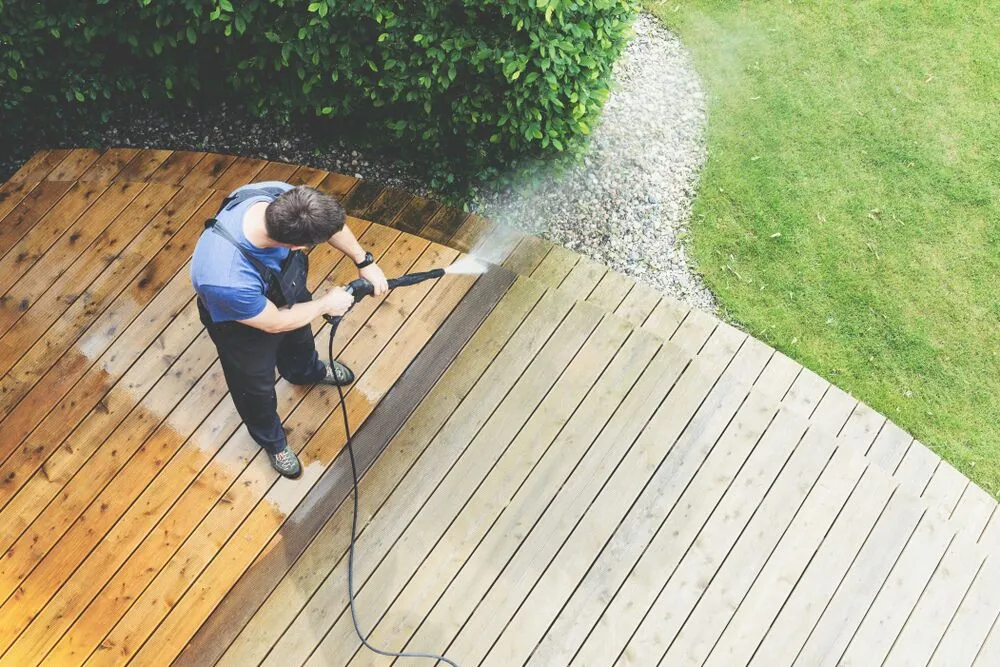
Credit: advantageproservices.com
What Items Should Not Be Pressure Washed?
Pressure washing is an effective and efficient way of cleaning a variety of surfaces, but it can also be damaging if not done correctly. Pressure washing is not suitable for all types of surfaces and items, and certain items should never be pressure washed. This includes items made of wood, foam, and delicate fabrics. Wood is a porous material that can be easily damaged by the powerful force of a pressure washer, and foam can be torn apart by the pressure. Delicate fabrics such as silk and velvet should never be pressure washed as the pressure can cause the fabric to shrink or become discolored. Additionally, pressure washing is not suitable for electronic items, as the force of the water can damage sensitive components. Therefore, it is important to understand which items should not be pressure washed and to avoid using a pressure washer for these items.
What Are the Alternatives to Pressure Washing?
Pressure washing is an effective and efficient way to clean many surfaces, but it’s not the only option. For surfaces that are too delicate to withstand the force of pressure washing, such as wood, there are alternatives. Soft washing and power washing are two less invasive methods, but just as efficient. Soft washing involves the use of specialized low-pressure nozzles and detergent to loosen and remove dirt and grime from a surface. This method is ideal for surfaces such as vinyl siding, stucco, and wood. Power washing works similarly to pressure washing but uses a lower pressure setting. This method is ideal for cleaning decks, fences, and other wood surfaces. It’s also great for removing mildew and grime from stone and concrete. Both soft and power washing are gentler on delicate surfaces than pressure washing, making them excellent alternatives.
What Are the Safety Precautions for Pressure Washing?
Pressure washing is a popular and effective way to clean a variety of surfaces, but it must be done safely and correctly. It is important to understand the safety precautions associated with pressure washing to protect both yourself and the surface being cleaned. Safety equipment should always be worn, such as gloves, safety glasses, and a face mask. It is also important to use the correct pressure setting for the surface being cleaned, as too much pressure can cause damage to the surface or cause injury to the operator. Whenever possible, it is best to use a pressure washing system with a pressure regulator to ensure the correct pressure is used. Additionally, be aware of any electrical lines or components that may be in the area you are pressure washing. Keep the pressure washer at least 10 feet away from any electrical components, and never spray them directly. Finally, always follow the manufacturer’s instructions for each pressure washing job. By taking the necessary safety precautions, you can ensure that pressure washing is an effective and safe way to clean a variety of surfaces.
What Are the Signs of Damage from Pressure Washing?
Pressure washing is a great way to clean your outdoor surfaces, but it can also cause damage if not done correctly. Knowing the signs of damage associated with pressure washing can help you avoid costly repairs or even worse, irreversible damage. It’s important to be aware of the limitations of pressure washing and understand the differences between a pressure washer and a power washer.
The most common sign of damage from pressure washing is when the surface has been etched, which is caused when the water pressure is too high for the surface. This can cause discoloration, pitting, and even structural damage in some cases. If the water pressure is too low, the cleaning solution may not be able to do its job and the surface may not be effectively cleaned.
Another sign of pressure washing damage is when the surface has been over-saturated. This happens when the pressure washer is held too close to the surface or when too much water is used. Over-saturation can cause several issues such as discoloration, blistering, and peeling of the surface.
It’s important to be aware of the power of the pressure washer and to practice using it on a few test areas before attempting to clean anything. Be sure to follow the manufacturer’s instructions and use the appropriate cleaning solution for the surface you’re working on. If you’re ever unsure, it’s best to consult the professionals. Pressure washing can be a great way to get your outdoor surfaces looking great, but it’s important to know the signs of damage before you get started.
How to Prevent Damage When Pressure Washing?
Pressure washing is a great way to clean the exterior of your home or business quickly and effectively. However, it is important to understand the surfaces that should not be pressure washed and the proper techniques to prevent damage. Pressure washing can cause serious damage to certain surfaces if not done correctly. Knowing which surfaces should not be pressure washed and the proper techniques to use will help to ensure that the job is done safely and effectively.
For starters, certain materials should not be pressure washed at all. These include wood, vinyl siding, stucco, and aluminum. These materials can be damaged by the high pressure of the water, so it is best to avoid them. Additionally, pressure washing should not be done on any surfaces that are fragile or that could be easily scratched or dented.
When pressure washing, it is important to use the right angle. The nozzle should be pointed away from the surface and angled downwards. This will help to prevent damage to the surface. Additionally, it is important to use the correct pressure setting. Too much pressure can cause damage to the surface being cleaned. It is important to select the correct setting for the surface being cleaned.
Finally, it is important to use the proper detergents and cleaning solutions. Using the wrong type of detergent or cleaning solution can cause damage to the surface being cleaned. Additionally, it is important to rinse off the surface after cleaning to remove any residue.
What Is the Best Way to Maintain Pressure Washed Surfaces?
Pressure washing is a great way to quickly and effectively clean a wide variety of surfaces. It is important to note, however, that not all surfaces can be pressure washed. Certain materials may not be able to withstand the high pressure of a pressure washer. Therefore, it is important to know what should not be pressure washed.
In addition to knowing what not to pressure wash, it is also important to know the best way to maintain pressure-washed surfaces. Proper cleaning and maintenance can help to ensure that surfaces stay looking their best and that they are properly protected from the elements. To achieve this, it is important to use the correct cleaning solution and tools for the job. Additionally, it is important to be aware of the potential for damage and to take all necessary safety precautions.
For those surfaces that can be pressure washed, the best way to maintain them is to use a detergent specifically designed for pressure washing. Additionally, it is important to use the correct nozzle for the job. Using the wrong nozzle can damage the surface or cause poor cleaning performance. After pressure washing, it is important to rinse off any detergent residue and allow the surface to dry completely before applying any sealants or other treatments.
FAQs About the What Should Not Be Pressure Washed?
Q1: Is it safe to pressure wash wood?
A1: No, it is not safe to pressure wash wood as it can damage the surface and cause warping.
Q2: Can I pressure wash my car?
A2: No, pressure washing your car can cause damage to the paint and other components of the vehicle.
Q3: Can I pressure wash my roof?
A3: No, pressure washing your roof can cause damage to the shingles and cause leaks.
Conclusion
Many items should not be pressure washed. These items include, but are not limited to, electrical outlets, wood siding, and windows. Pressure washing can cause damage to these surfaces and should be avoided. It is important to understand the proper uses of pressure washing and to not use it on surfaces that are sensitive to such force.

